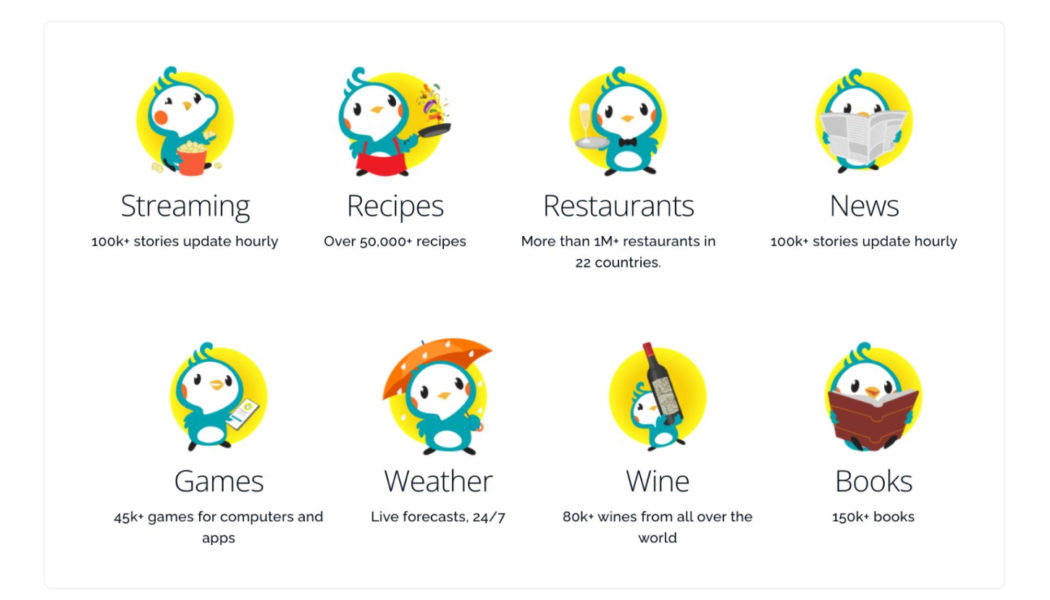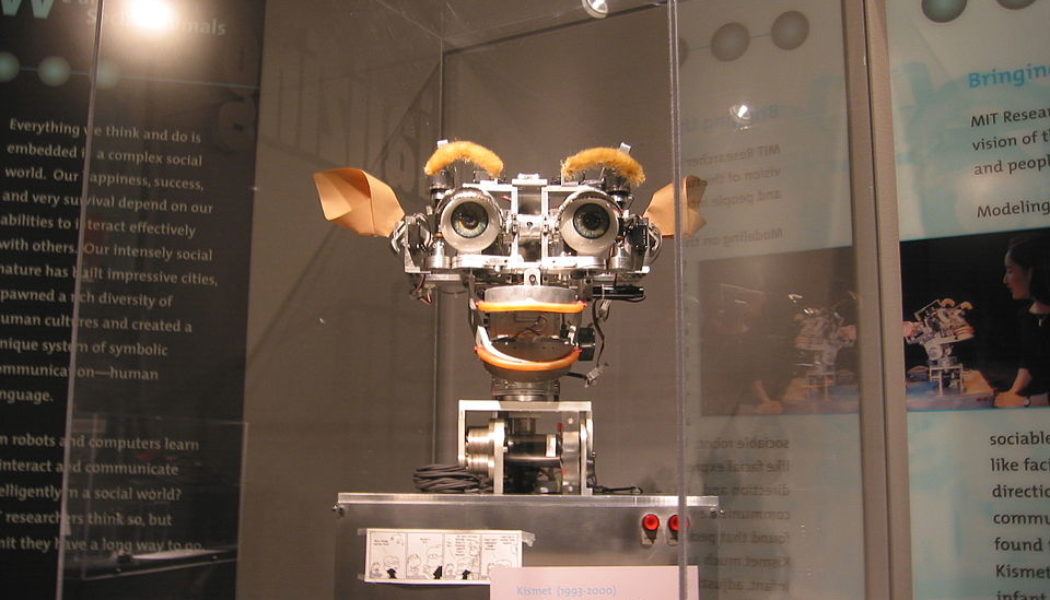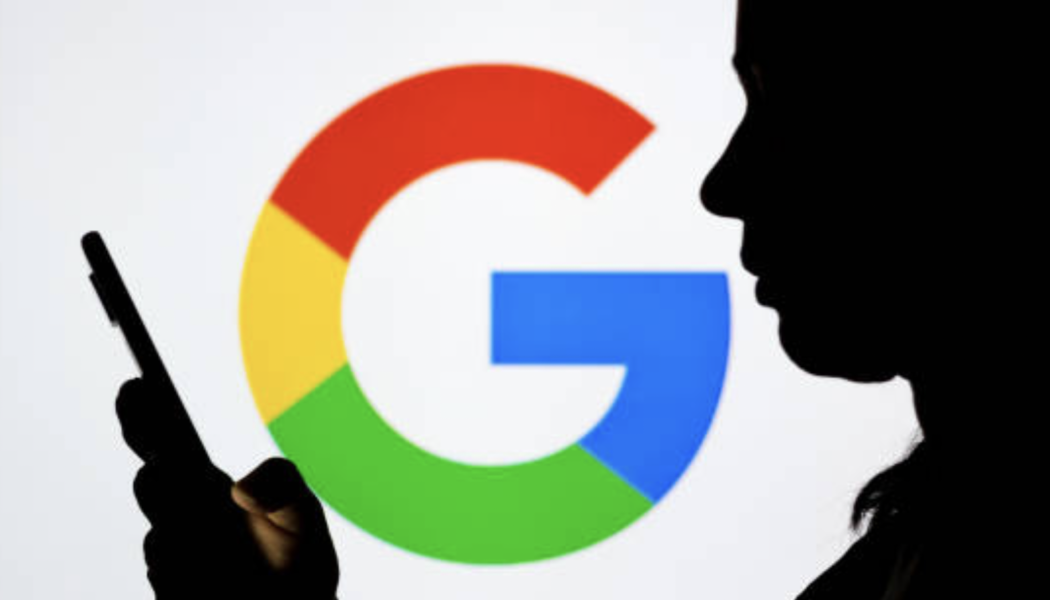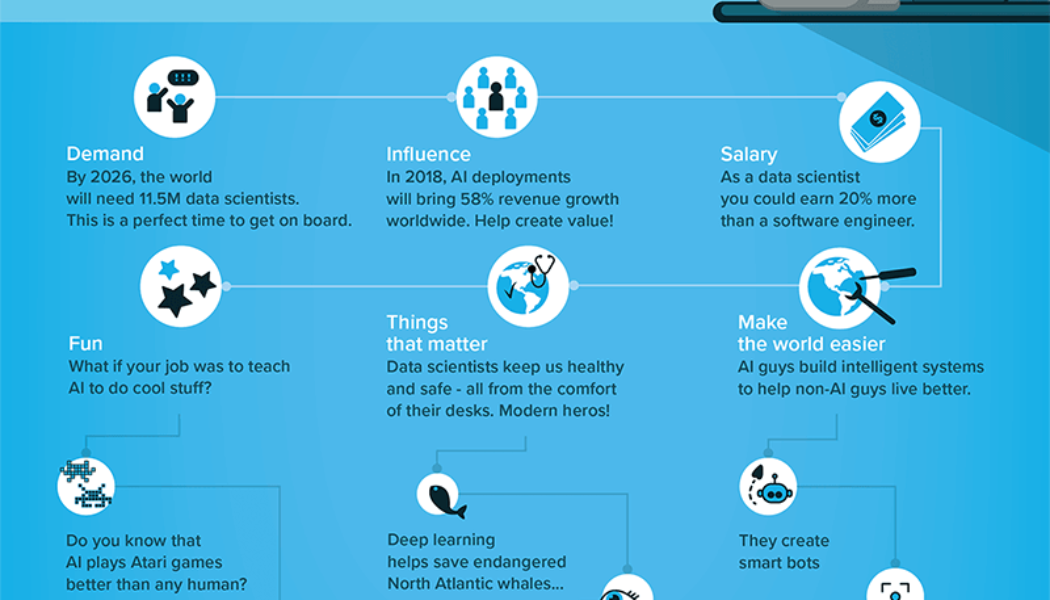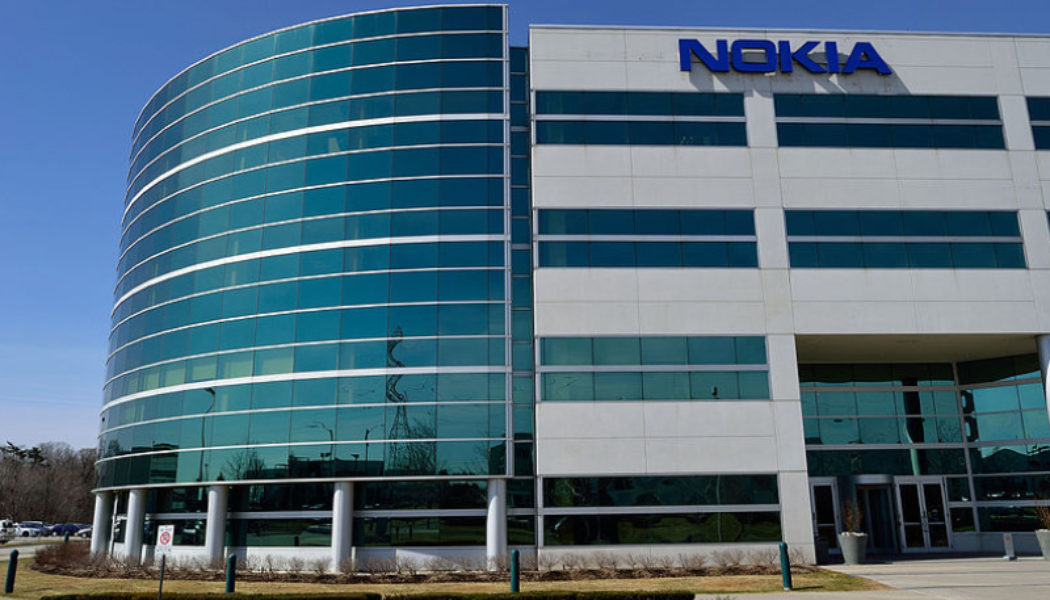AI
How Smart Will Tomorrow’s Homes Be?
We use cookies on our website to give you the most relevant experience by remembering your preferences and repeat visits. By clicking “Accept All”, you consent to the use of ALL the cookies. However, you may visit “Cookie Settings” to provide a controlled consent.
Blockchain’s potential: How AI can change the decentralized ledger
One reason is that blockchain’s use of a decentralized ledger offers insight into the workings of AI systems and the provenance of the data these platforms may be using. As a result, transactions can be facilitated with a high level of trust while maintaining solid data integrity. Not only that, but the use of blockchain systems to store and distribute AI-centric operational models can help in the creation of an audit trail, which in turn allows for enhanced data security. Furthermore, the combination of AI and blockchain, at least on paper, seems to be extremely potent, one that is capable of improving virtually every industry within which it is implemented. For example, the combination has the potential to enhance today’s existing food supply chain logistics, healthcare record-sharing ec...
Why DataOps Should Be Embraced to Deliver High-stakes AI
We use cookies on our website to give you the most relevant experience by remembering your preferences and repeat visits. By clicking “Accept All”, you consent to the use of ALL the cookies. However, you may visit “Cookie Settings” to provide a controlled consent.
Why Data Science Should Be Accessible to Everyone
We use cookies on our website to give you the most relevant experience by remembering your preferences and repeat visits. By clicking “Accept All”, you consent to the use of ALL the cookies. However, you may visit “Cookie Settings” to provide a controlled consent.


